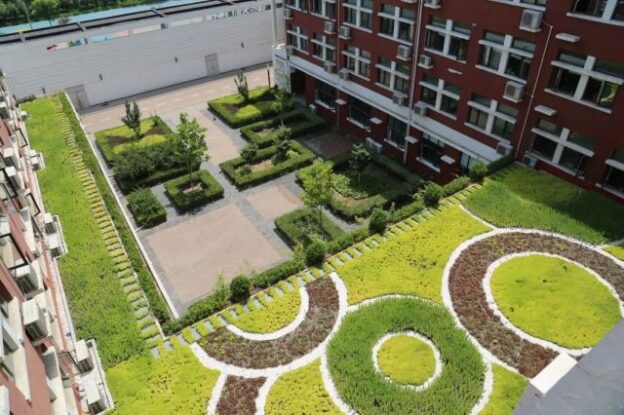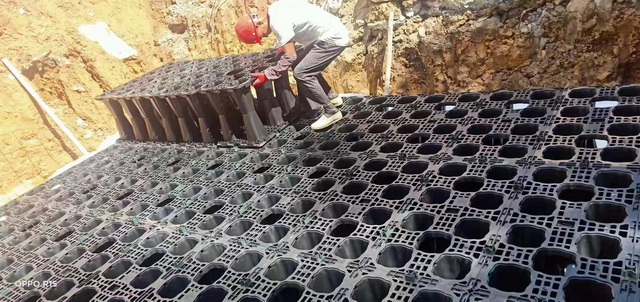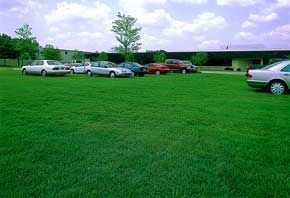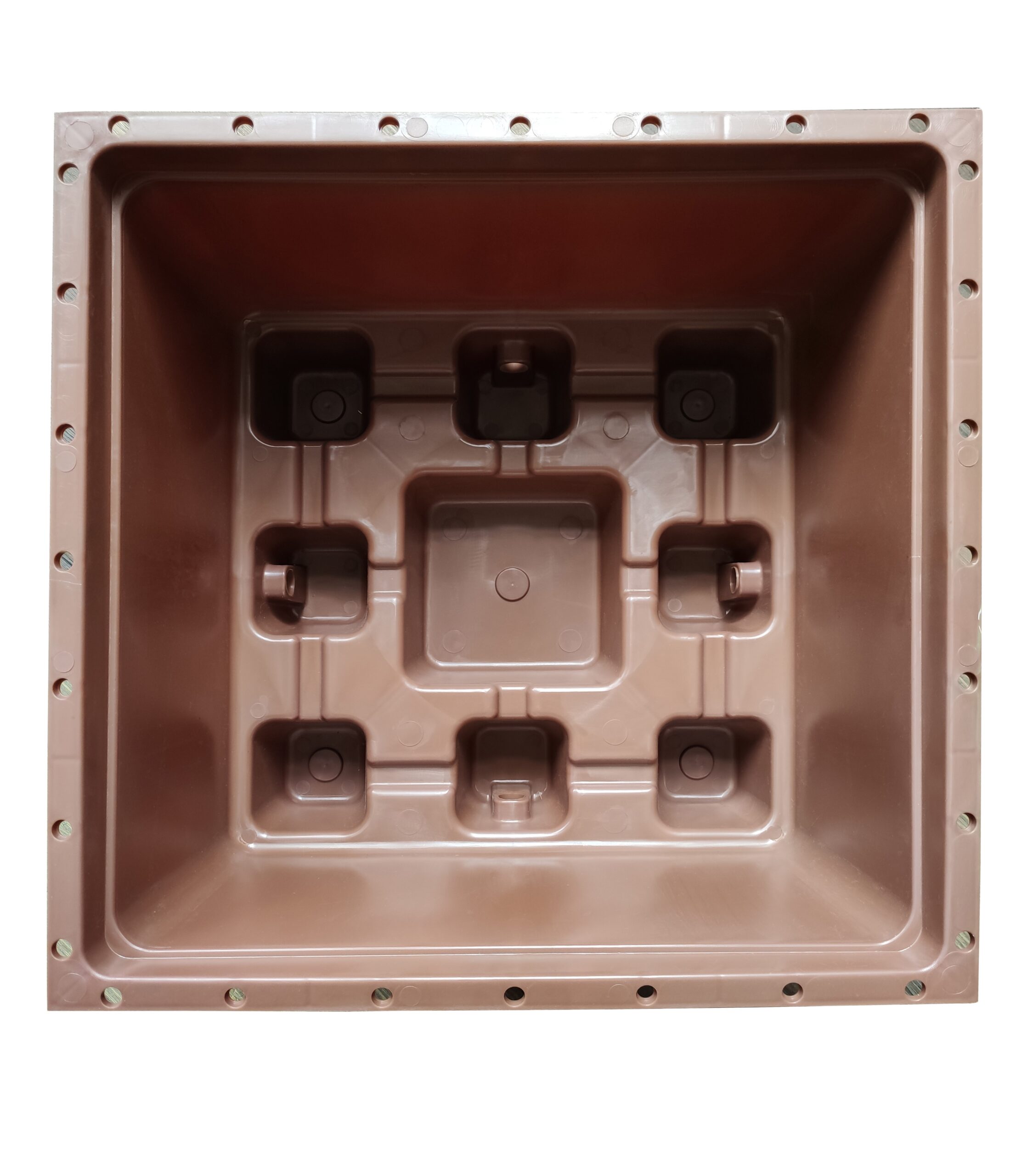How to Eliminate the Heat Island Effect in Urban Areas
How to eliminate the heat island effect?
The heat island effect refers to the phenomenon where urban areas experience higher temperatures than surrounding rural areas due to human activities such as buildings, vehicles, and industry. This effect can have significant impacts on the environment, human health, and energy consumption. However, there are several strategies that can be employed to eliminate or reduce the heat island effect. Here are some of the most effective solutions:
- Increase Vegetation: Increasing the amount of vegetation in urban areas can significantly reduce the heat island effect. Trees, grass, and other plants help to absorb and deflect heat, provide shade, and release moisture into the atmosphere through transpiration, which cools the surrounding air.
- Implement Cool Roofing: Cool roofs are designed to reflect more sunlight and absorb less heat than traditional roofs, reducing the temperature of the building and surrounding air. This type of roofing can be achieved through the use of reflective materials, such as white or light-colored coatings or tiles, or through the use of green roofs or rooftop gardens.
- Use Permeable Surfaces: Traditional surfaces such as asphalt and concrete trap heat and contribute to the heat island effect. Using permeable surfaces such as permeable pavement, porous concrete, or gravel can reduce the amount of heat absorbed by the surface and allow water to infiltrate the ground, providing natural cooling and reducing the urban heat island effect.
- Increase Energy Efficiency: Reducing energy consumption through the use of energy-efficient building materials and technologies, such as improved insulation, high-efficiency HVAC systems, and energy-efficient lighting can also help to reduce the heat island effect. By reducing the amount of energy used in buildings, less heat is released into the environment, reducing the overall temperature of the surrounding air.
- Implement Urban Design Strategies: Urban design strategies that prioritize open spaces, greenery, and pedestrian-friendly environments can help to reduce the heat island effect. This can include designing wider sidewalks, implementing bike lanes, and creating urban green spaces such as parks and gardens.
In conclusion, the heat island effect is a serious issue that can have significant impacts on the environment and human health. However, there are several strategies that can be employed to eliminate or reduce the heat island effect. These strategies include increasing vegetation, implementing cool roofing, using permeable surfaces, increasing energy efficiency, and implementing urban design strategies. By taking these steps, we can create more sustainable and livable cities that are resilient to the impacts of climate change.











